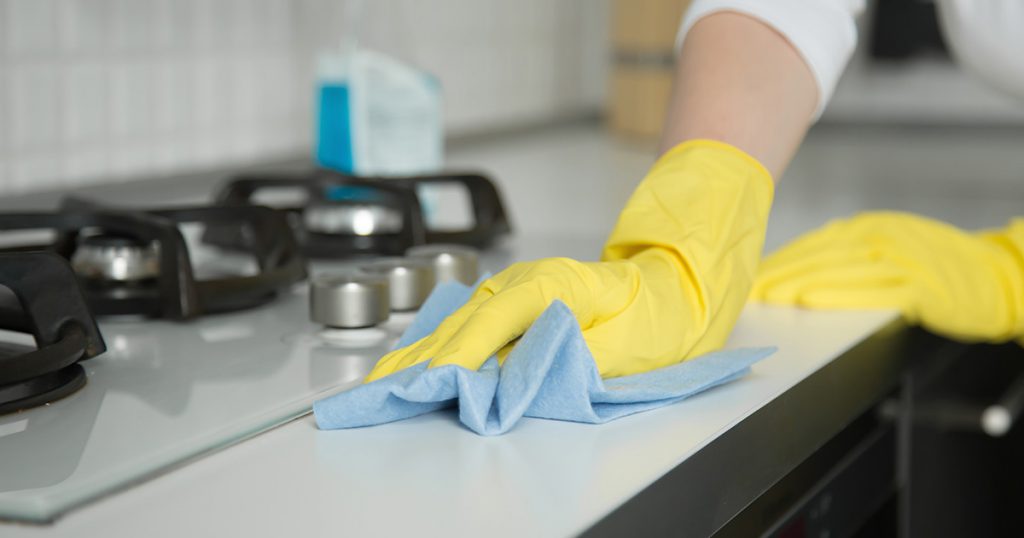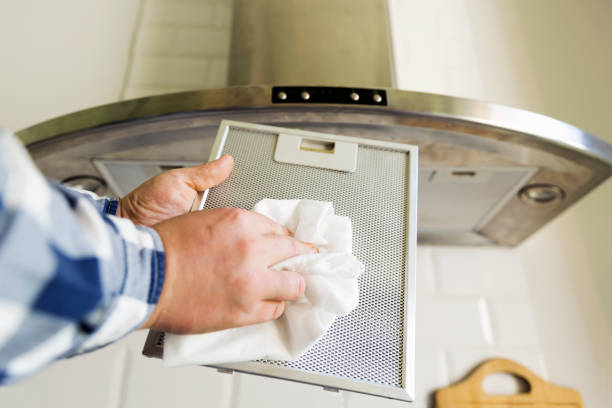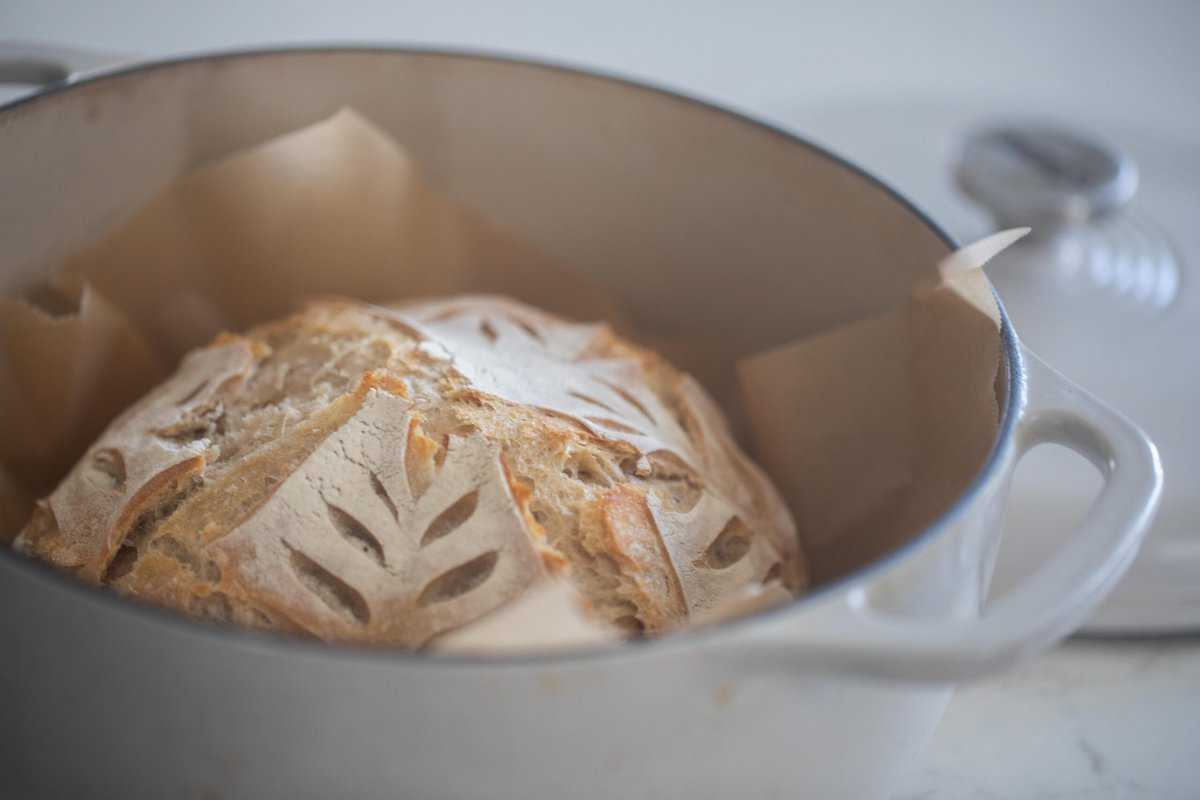When it comes to the world of cooking, particularly for kitchen professionals, the art of using a cast iron skillet is unmatched. One of the most important techniques to master is how to deglaze cast iron, a skill that can elevate dishes from ordinary to extraordinary. Whether you are whipping up a delicate sauce or creating a robust gravy, knowing how to deglaze your cast iron cookware can make a significant difference in flavor and presentation.
In this article, we will thoroughly explore the steps and techniques for deglazing cast iron. Well also cover the significance of this process, the benefits of keeping your cast iron well-seasoned, and the various liquids you can use for deglazing. So, if you are ready to take your culinary skills to the next level, read on!

Why is Deglazing Important?
Deglazing is a cooking technique that involves adding liquid to a hot pan to dissolve the flavorful bits stuck to the bottom after browning meat or vegetables. These bits, often referred to as 'fond,' are packed with potential flavor. When you learn how to deglaze cast iron, you are not just cleaning your skillet; you are enhancing the flavor of your overall dish.
Understanding the Deglazing Process
The deglazing process involves a few simple steps, but getting it right can transform your dishes. Heres a quick breakdown:
- Brown your ingredients: Start by cooking your meat or vegetables in your cast iron skillet until they are beautifully browned and you see those flavor-packed bits forming at the bottom.
- Add a liquid: Pour in a flavorful liquidlike wine, stock, or vinegaronto the hot skillet. The heat will help evaporate the liquid rapidly, which pulls up the fond stuck to the bottom.
- Scrape and mix: Use a wooden spoon or spatula to scrape those caramelized bits. Stir them into the liquid to meld the flavors.
- Reduce and serve: Allow the liquid to reduce until it reaches the desired consistency and flavor before serving it as a delightful sauce or gravy.
Choosing the Right Liquids for Deglazing
While the method of deglazing may remain the same, the type of liquid you use can greatly impact the final flavor of your dish. Here are some options:
1. Stocks and Broths
Using chicken or vegetable stock is a common choice for deglazing as it adds depth and richness. They work fabulously well when making gravies or sauces that accompany roasted meats.
2. Wine and Spirits
A splash of red or white wine brings acidity and complexity to your sauce. For a unique twist, consider using fortified wines, like sherry or Marsala.
3. Vinegars
Vinegar can add brightness and acidity to your dish. Balsamic or apple cider vinegars are particularly popular among chefs.
4. Other Options
Some opt for fruit juices, soy sauce, or even beer as a base for their deglazing liquid. Each choice can impart a distinct flavor profile, so feel free to experiment!
The Importance of Seasoning Cast Iron
Before diving deeper into the deglazing process, let's discuss the critical element of maintaining a well-seasoned cast iron skillet. A seasoned skillet not only enhances the non-stick properties but also ensures that deglazing won't strip the seasoning away. Proper care will keep your skillet functional for years.
If you are unsure how to properly season your cast iron, you can read more about it here.
Common Mistakes to Avoid When Deglazing Cast Iron
Deglazing is not merely a step in a recipe; it is an art. Avoid these common mistakes to ensure you are getting the best results:
1. Using Cold Liquid
Always use a warm or room temperature liquid when deglazing. Pouring cold liquid into a hot skillet may cause an unwanted temperature shock, which can damage your skillet.
2. Not Scraping Properly
When you add the liquid, ensure you are effectively scraping the bottom with a proper utensil. Not doing so means you will miss out on all those delightful flavors.
3. Overcooking
Allowing the deglazing liquid to cook for too long can result in a bitter flavor. Keep an eye on it and reduce to taste.
How to Finish a Deglazed Sauce
After you have deglazed your pan, it's time to transform that liquid into a delicious sauce or gravy. Here are some steps to finish it:
1. Reduce the Sauce
Let your sauce simmer to concentrate the flavor and achieve the right consistency. You want it to coat the back of a spoon.
2. Add Fat
Incorporating a knob of butter or some olive oil can enrich the sauce, giving it a silky texture.
3. Season and Garnish
Taste your sauce and adjust the seasoning, if necessary, with salt and pepper. Fresh herbs can also enhance both the presentation and the taste.

Frequently Asked Questions
-
What is deglazing?
Deglazing is the process of adding liquid to a hot pan to dissolve the browned bits left from cooking, enhancing the flavor of your sauces. -
Can I use water for deglazing?
Water can be used, but for maximum flavor, it is recommended to use stocks, wines, or vinegars. -
Do I need to clean the skillet after deglazing?
Usually, deglazing also helps clean your skillet. However, a gentle scrub with warm water may still be helpful after the process.
By mastering the method of how to deglaze cast iron, you are setting yourself up for culinary success. As you navigate through different recipes, keep the flavors alive and allow that fond to shine through your dishes. When cooking with cast iron, every step counts. Happy cooking!
This article contains affiliate links. We may earn a commission at no extra cost to you.






Leave a comment
This site is protected by hCaptcha and the hCaptcha Privacy Policy and Terms of Service apply.